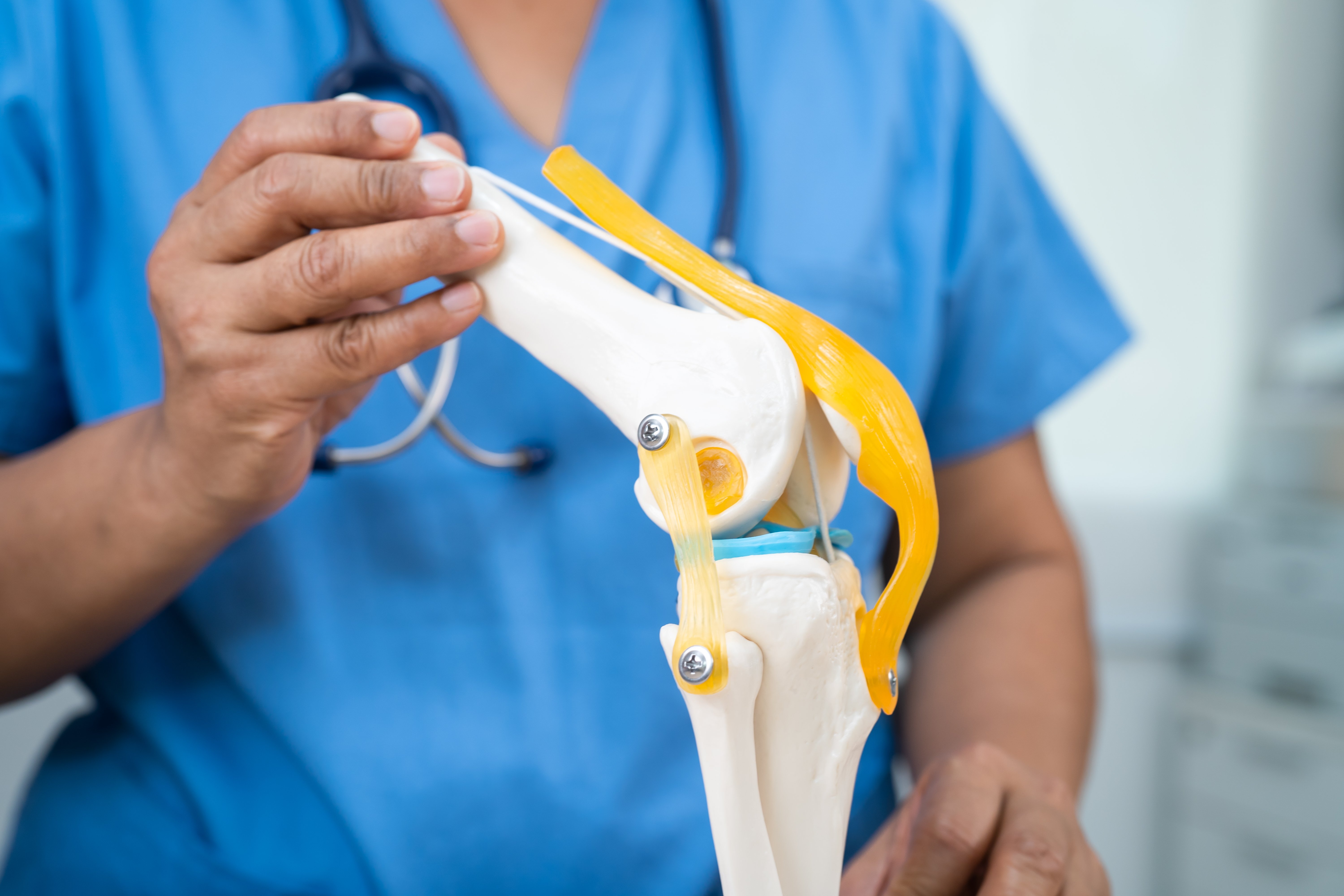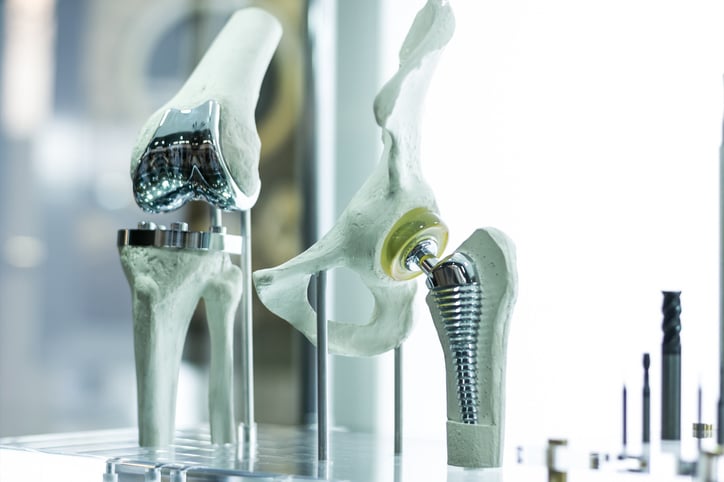Five Ambulatory Surgery Center Trends to Watch in 2025

As we witness the expansion and maturation of the ambulatory surgery center (ASC) market, it has been demonstrated that orthopedics is leading the growth in this sector.
ASCs, lauded by the Centers for Medicare & Medicaid Services (CMS) and others for their remarkable cost savings, are seeing orthopedic companies align with this market. ASCs are also increasingly popular because they have adopted the same advanced technologies used in hospitals and are demonstrating equivalent or improved safety data.
Cost Savings
According to the Centers for Medicare & Medicaid Services (CMS), orthopedic procedures performed in ASCs save the agency tens of billions of dollars annually and could potentially save hundreds of billions of dollars by transitioning more eligible cases from hospitals to surgery centers. Research indicates that the average total costs are 26% lower for orthopedic surgical procedures at ASCs compared to hospital outpatient departments (HOPDs), with the facility fee being an average of 33% lower at ASCs than HOPDs.
Also helpful is that more ASCs are adopting bundled pricing that covers the patient’s pre-operative, operative, and post-operative care. Being able to package the facility, anesthesia, and physician fees means that the procedure is significantly less expensive than in a hospital outpatient setting.
Trends to Watch in 2025
To best capitalize on the ASC growth, it is critical that orthopedic companies achieve synchronization with these entities. This entails determining their goals, helping them maintain low costs, and supplying technologies that serve as a draw for physicians and patients.
1. An Increase in Total Joint Replacement
Looking at total joint arthroplasties alone, the volume of those procedures performed in ASCs increased by 327.1% (Total Knee Arthroplasty, 193.8% from 2020 to 2022; Total Hip Arthroplasty, 61.1% from 2021 to 2022).
Device companies are watching and planning their response to these shifts. First, manufacturers are eyeing the possibility of designing implants and instruments that are ideal for the efficiency of an ASC. Secondly, there are signs that orthopedic manufacturers are willing to reduce prices in an effort to capture more of the ASC space, particularly when there is physician ownership.
On the robotics front, not only are manufacturers reducing the footprint of surgical robots, but the capital cost is decreasing, making the benefits of this technology—enhanced precision and lower revision rates—increasingly possible for ASCs. Also driving adoption is the fact that CMS continues to add surgeries to its list of covered procedures.
2. Plotting a Course Through CMS
While we are seeing more complex procedures move to ASCs, the road is not necessarily smooth. Yes, CMS continues to add to the number of procedures that Medicare covers when performed in an ASC, but they also are moving toward value-based care—a concern given the particularly tight margins at ASCs.
3. Patient Safety and Satisfaction
With patient satisfaction increasingly factored into the reimbursement equation, device makers and ASCs are seeking ways to enhance the patient experience. Personalized implants and instrumentation are on the rise, as are preoperative educational programs and wearable devices that track patients’ progress and adherence to postoperative protocols.
ASCs are under mandatory guidelines from CMS via the Comprehensive Care for Joint Replacement (CJR) model and Bundled Payments for Care Improvement (BPCI) program, both of which are meant to incentivize ASC administrators and surgeons to bring down the cost of care without compromising outcomes. Vendors, not sitting on the sidelines, are seeking to develop programs that illustrate their positive outcomes and help ASCs maintain compliance with the CMS guidelines.
4. More Spine, Please
More and more spine surgeries are debuting on the CMS-approved procedures list, one indicator of the enormous growth in this segment. The numbers? The rate of spine surgery done in ASCs grew at 15.7% each year. According to the data, from 2018 to 2024, nearly 900,000 outpatient spine procedures were performed in ASCs in the United States. The ability to perform a minimally invasive spine surgery in an ASC is enhanced by the development of new enabling technologies such as navigation and augmented reality that further reduce recovery times.
5. The Role of Investors
A number of private equity investors are leaping on board the ASC train, in part using these funds to enable physicians to build their own facilities. Looking beyond the initial excitement, however, there are complexities, such as whether the goals of the physicians and investors are aligned. A full 60% of physicians believe that private equity investment in healthcare is a negative thing.
Overall, stakeholders will have to ensure that ambulatory surgery centers remain centered on patients.

.jpg?width=50&name=Driskell%20James%20(2).jpg) By
By


